Aldi is the US' fastest-growing grocer. Here's how a small German convenience store run by 2 brothers turned into one of the world's biggest retail chains.
Grace Dean

- Aldi has its origins in a small store set up by Anna Albrecht in Germany in 1913.
- After WWII, she gave the store to her two sons who turned it into a chain and then split it into two companies.
Aldi's history includes a kidnapping, stringent cost-cutting measures, and an argument over cigarettes
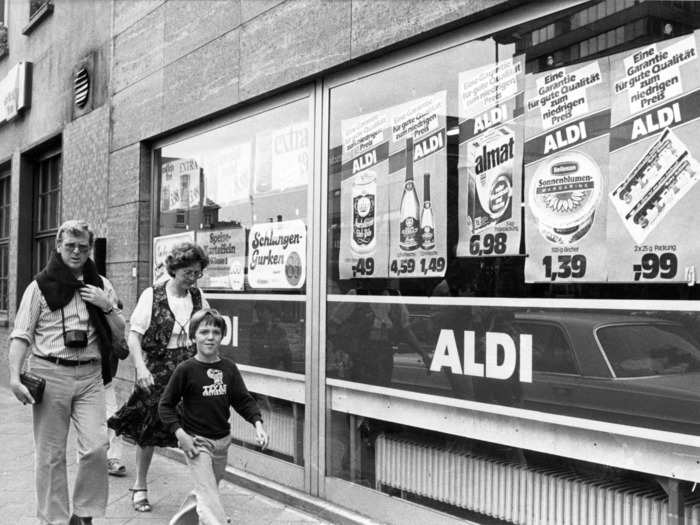
Urban myth claims that the German discounter rivals Aldi and Lidl were founded by two brothers.
That isn't true.
Both grocery store empires were founded by different families. Instead, it's actually Aldi's massive global empire that's split into two, with half owned by one brother and half by another.
Aldi is now a leading grocery chain in the West, with more than 11,000 stores spread across countries including the US, the UK, Australia, and France. In 2021, it reported around $95 billion in net sales globally.
Here's the story of Aldi's growth, from a small corner shop in Germany to a grocery chain loved by bargain hunters, college students, and middle-income shoppers alike.
The Albrecht brothers took over their mother's small store after fighting in World War II
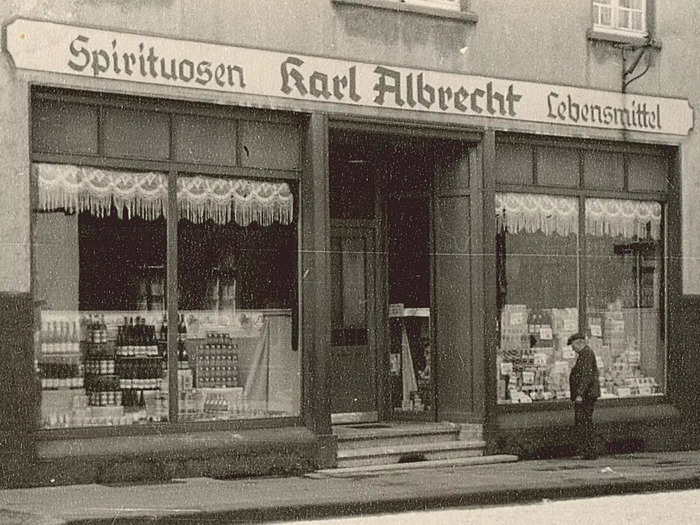
Aldi's origins date back to 1913, when Karl Albrecht Sr., a former coal miner, started trading in baked goods. The next year, his wife, Anna Albrecht, set up a small store in Essen, western Germany, once a major industrial hub. In 1919, they bought a new property nearby and expanded the store. The New York Times reported that in the 1930s, Karl got sick with emphysema and could no longer work, so Anna ran the store to support their family.
Their sons, Karl and Theo, took over the business when they returned from serving during World War II. Theo had been taken as a prisoner of war by Allied troops, while Karl was wounded and then captured.
The brothers then started franchising the business and opening other stores. By the end of 1948, there were already four stores, trading under the family name Albrecht.
From the start, Aldi was profit-focused
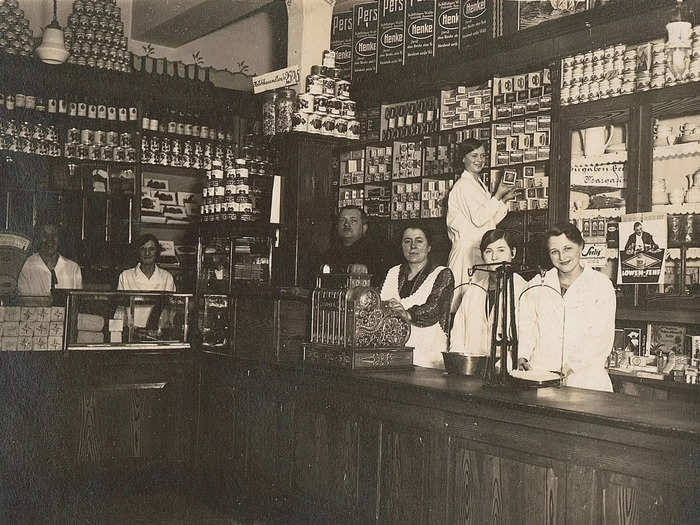
In the aftermath of the war, "scarcity and necessary frugality demanded the avoidance of waste," Dieter and Nils Brandes wrote in their book "Bare Essentials: The Aldi Success Story."
"The principle was: less is better than too much. This applied to capital, personnel, size of stores," they continued.
Over the years, the brothers opened dozens more stores. By 1954, there were 77 stores. Because of its below-average price model, Aldi was able to slowly dominate the market in Germany and its stores spread across Europe.
The brothers had a clear vision for the business. They decided to sell only non-perishable items that had a proven demand, and didn't want to spend money on decorations, advertising, or inventory that wasn't selling. What was surprising to shoppers at the time was the self-service nature of the store, introduced in the mid-1950s; customers were able to take products off the shelves themselves, in stark contrast to other retailers, where goods were generally kept behind the counter.
"We wanted our stores to be like other retail outlets, offering a wide range of groceries," Karl said in 1953, as quoted in "Bare Essentials: The Aldi Success Story."
"But then we did not follow up on this after all, because we recognised that with our narrow range of products we could also run a successful business and that, compared with other businesses, our expenses remained very low and this was largely due to our narrow range of products. This insight became the basic principle of our business."
The brothers split the Aldi empire after a fight over cigarettes
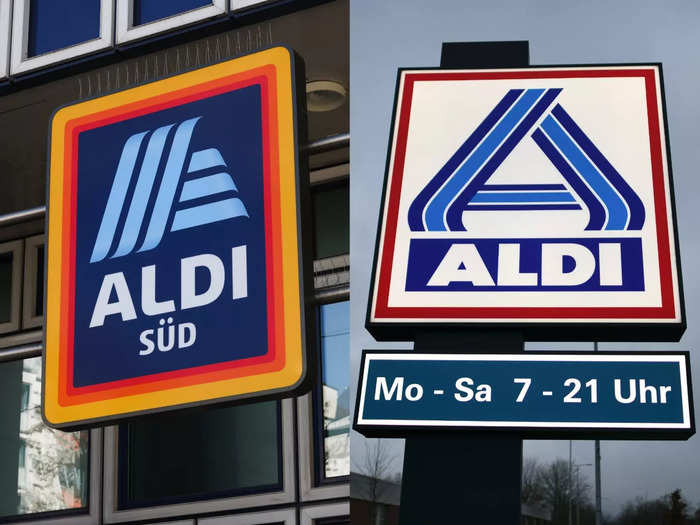
In 1961 – when Aldi had more than 300 stores across West Germany – the brothers split the business into two divisions after a disagreement about whether to sell cigarettes. Theo wanted to sell them, but Karl thought they would attract shoplifters.
Karl got control of Aldi Süd, which ran stores in the southwest of West Germany, while Theo took over Aldi Nord, which operated stores in the northern part of West Germany. Though the business was divided, both parts of it worked together closely.
Aldi began its international expansion
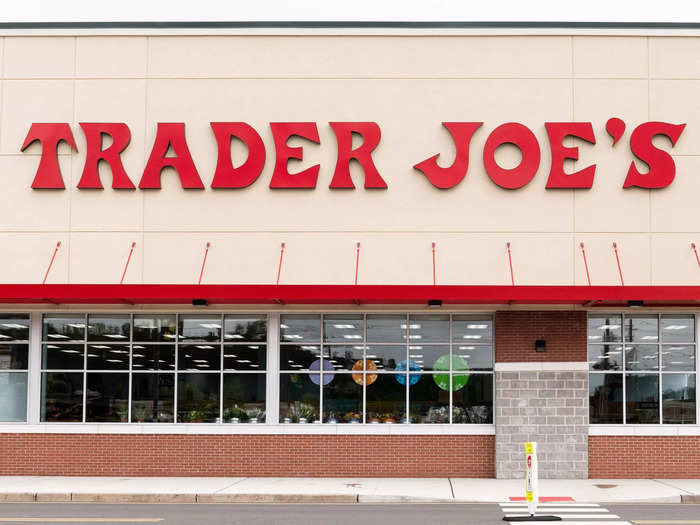
In 1962, the first store under the name of Aldi – short for Albrecht Diskont (Discount) – was opened, offering a small selection of goods being sold straight out of the pallets. The whole Aldi network was then switched to this store model.
In 1968, Aldi expanded internationally by buying the Austrian chain store Hofer, which had around 30 branches.
Aldi opened its first US Aldi store in Iowa in 1976. It currently has around 2,200 stores across 38 states with over 25,000 employees. In 1979, an Albrecht family trust reportedly attached to Aldi Nord bought Trader Joe's, which now has more than 500 stores across the US selling low-cost groceries.
Aldi Süd runs stores in the US, UK, Australia, and eastern Europe, while Aldi Nord operates stores in western and southern Europe.
Aldi is still cutting costs
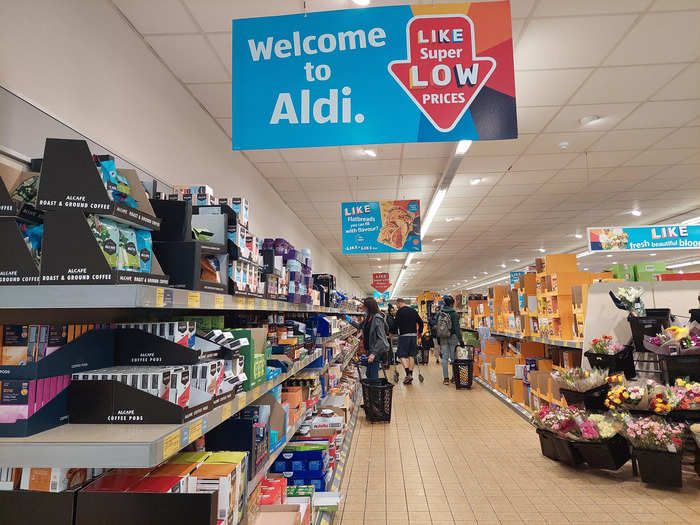
Aldi still operates with the same cost-cutting measures. It sticks largely to private-label products, meaning it can keep prices low by ordering in bulk and spending less on marketing and packaging. It also sells products straight from the shipping pallets they're delivered in, keeps its stores compact to maximize efficiency, and avoids what it deems unnecessary services like banking and pharmacies. Aldi Nord and Aldi Süd both say their German stores carry only around 1,700 items.
But the products lines have changed massively since the brothers took over in the post-war years.
In 1984, Aldi Süd started introduced fridges to its stores, which allowed it to sell a bigger range of products, and also started offering customers fresh fruit and vegetables. Organic and low-fat products were introduced in the 2000s.
Nils Brandes, the coauthor of the book "Bare Essentials: The Aldi Success Story," previously told Insider that Aldi ensures that the quality of its own-brand products are "at least as good as the quality of the commercial brands." The company has said that one in three of its Aldi-exclusive branded products that's nationally distributed in the US, excluding produce, have won awards.
For super fans, though, Aldi is perhaps best-known for its range of time-limited products, creating a "treasure hunt" for shoppers. The items can range from food, housewares, clothes, and seasonal items to gardening equipment, electronics, and pet accessories, and encourage shoppers to visit regular to see what that week's bargains are. This includes Aldi selling its first computers in 1995.
The Albrecht family is notoriously reclusive
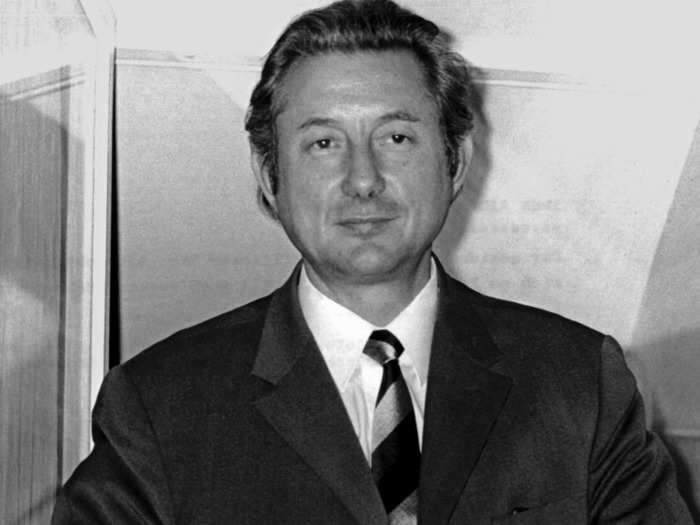
Though they count among the wealthiest people in Germany, the Albrecht family has always been notoriously reclusive. Theo died in 2010 at age 88 with a net worth of close to $17 billion, while Karl died four years later aged 94. Forbes estimates that Karl's children Beate Heister and Karl Albrecht Jr. are worth $36.8 billion, while it puts the wealth of Theo's son, Theo Albrecht Jr., and his family at $18.7 billion.
In 1971, Theo Sr. was kidnapped at gunpoint. The Albrecht family paid an estimated $3 million for his ransom, which at the time was Germany's biggest-ever ransom payment, and he was released after being held in a wardrobe in Dusseldorf for 17 days. He listed the ransom payment as a business expense so he could apply for tax relief.
After the incident, Theo drove to work in an armoured car and took a different route every day, and figured out the best escape route when staying in hotels, The Guardian reported.
After that, Theo steered clear of the press. The largely media-shy family has hit the headlines over a series of rows and resultant legal filings related to how much influence the family has on the boards controlling Aldi Nord. In September 2020, one of Theo's grandchildren filed a criminal complaint against his mother, at least two of his sisters, and their lawyers, accusing them of embezzling millions of euros, German newspaper Die Süddeutsche Zeitung reported.
Aldi now has more than 10,000 stores globally
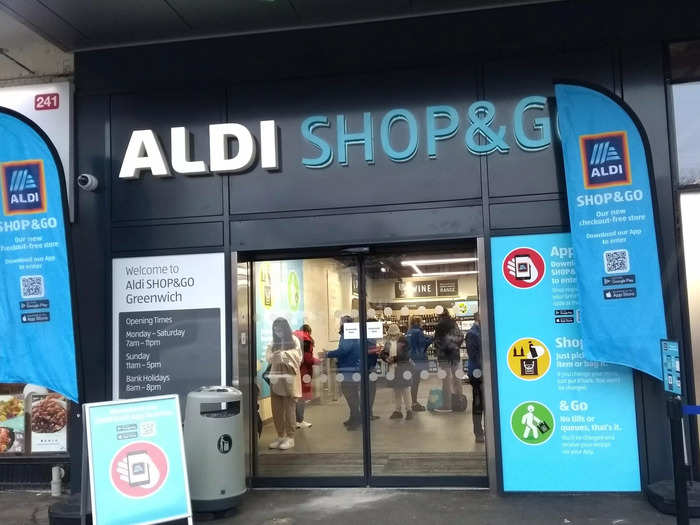
Aldi Nord and Aldi Süd operate as separate legal entities.
"The groups have family links and exploit synergies in areas like buying, own-brand design, quality assurance and marketing," Aldi Nord says.
Between them, the companies now have more than 11,000 stores in 20 countries, with their biggest footprints in the US and Germany. Real-estate company JLL listed Aldi as the fastest-growing grocer in the US in 2021 for the third year running and reported that it was the third-largest grocery retailer in the US by store count after Kroger and Walmart. It's also ranked as the UK's fourth-biggest supermarket with a nearly 10% share in the grocery market.
It's also experimenting with new store formats. In January, Aldi unveiled its first autonomous store in London, which allows shoppers to pick items up from the shelves and place them directly in their bags without needing to scan them or be served by a cashier. It also debuted an eco concept store in England which has a zero-waste station, letting customers refill jars of coffee beans and tubs of nuts.
Aldi Süd, which is the biggest of the two companies with close to 7,000 stores, says its 2021 net sales hit 64 billion euros ($67.9 billion). Aldi Nord says its net sales that year were 24.7 billion euros (around $26.3 billion).
Discount rival Lidl, meanwhile, reported 100.8 billion euros ($106.9 billion) in sales in 2021, a 4.7% increase year-over-year. It has more than 12,000 stores worldwide across 31 countries.
The sales for both Aldi and Lidl pale in comparison to the $573 billion Walmart reported in revenues in 2021, but as the world prepares for a global recession in 2023, more shoppers could flock to discount chains. Aldi's US arm said in the summer that soaring inflation was pushing more customers to its stores.
Popular Right Now
Advertisement